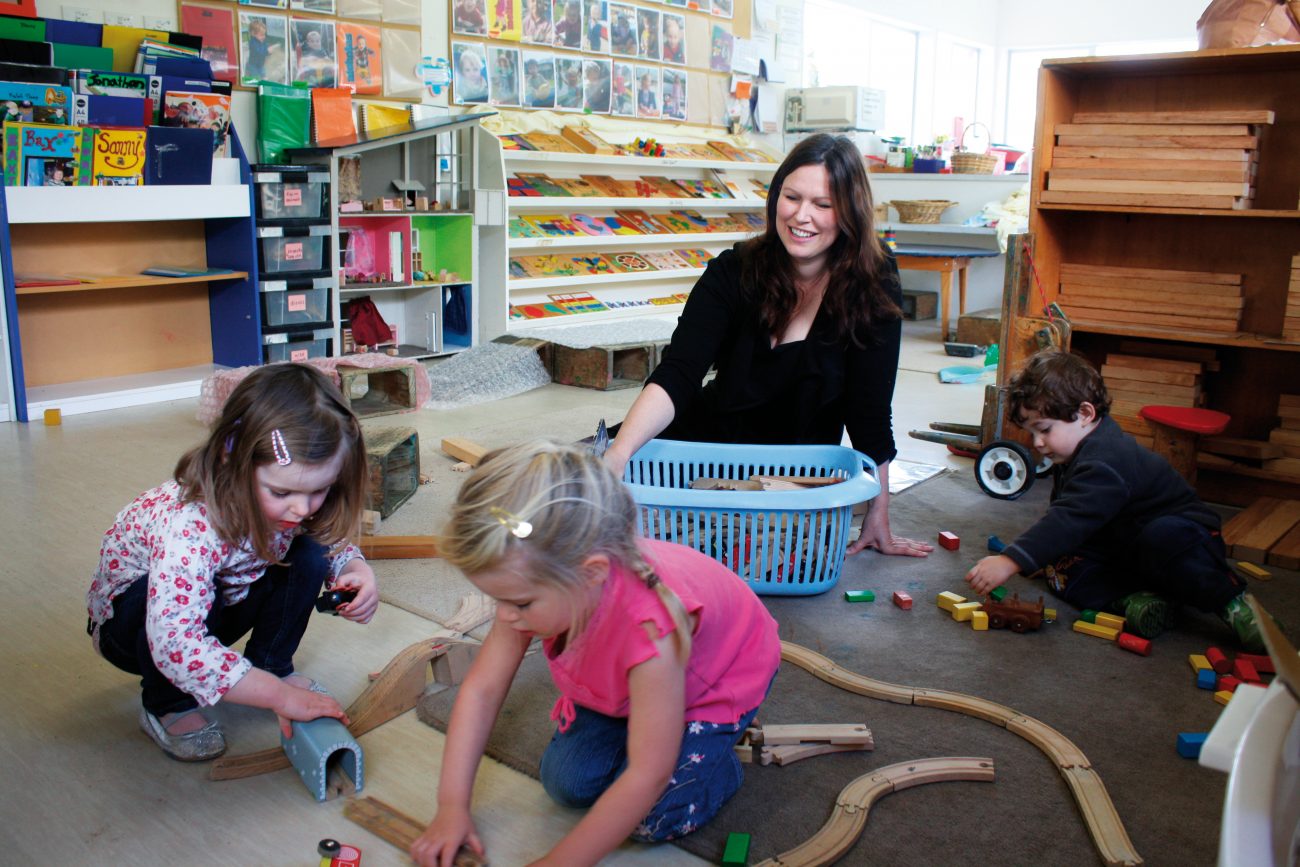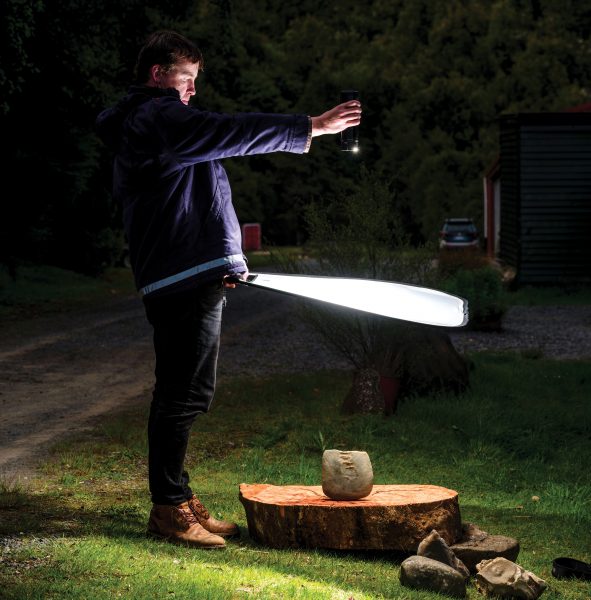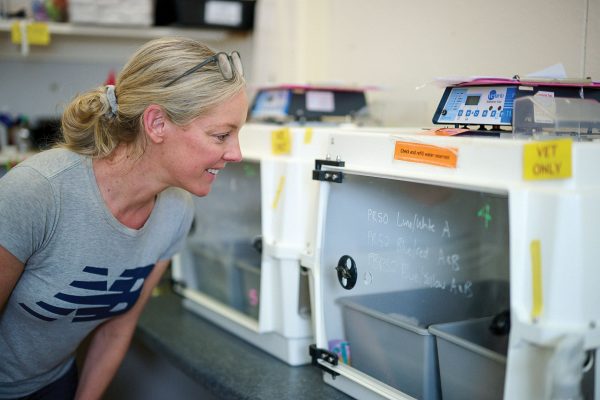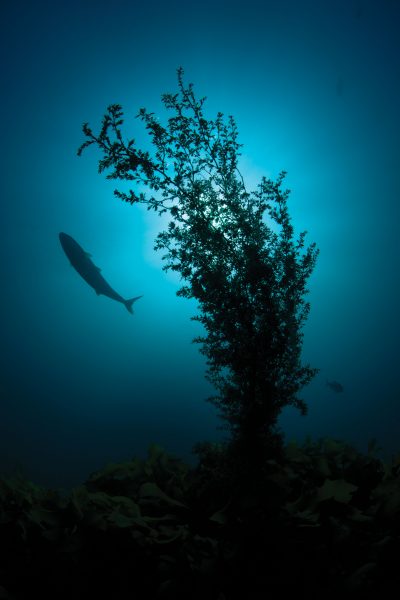Playing with words
Discovery is at the heart of learning, for adults and children

Stephanie Chamberlin began writing while working as a teacher on her OE in London. She tried fiction and screenplays, but it wasn’t until returning to New Zealand and being required to write for her students that she found her mode. It was the real world not an imagined one—that captivated her. As it turned out, the natural world fuelled the imagination of her students also.
“I’ve always enjoyed sitting down and unlocking ideas with children,” says Chamberlin, who now has two children of her own.
“I’d like education to be more about discovery and less about assessment and standards, at least for young students,” she says, an aspiration that is reflected in the philosophy of Playcentre, an early childhood education movement invented in New Zealand 70 years ago that she profiles in this issue.
Chamberlin has also written for New Zealand Geographic on tui and farmers’ markets, and has a new feature in production on the native pateke duck. Each have offered a chance to explore what makes our land and culture unique.
“There’s a sense of nationality that binds together a patchwork of things, be it bird song, innovative people in grassroots organisations or the earthy passion that makes farmers’ markets so appealing,” she says. “Writing gives me an excuse to look at these things in detail, and examine that everyday beauty and quirkiness.”
Over the past three years Chamberlin has been working with New Zealand Geographic to compile a series of education resources that focus on the natural world to convey curriculum requirements of science, ecology and literacy to 9–12 year-olds. The project draws a neat line between her interests and her training.
“It can be useful to look at the world through that lens of child-like wonder,” she says. “It works for children, and it seems to work for adults also. It brings a human element to the clinical world of science.”

















